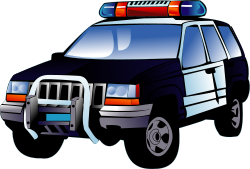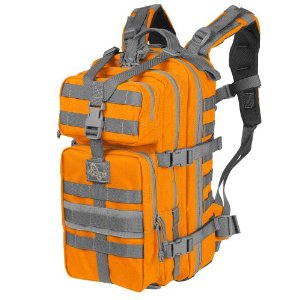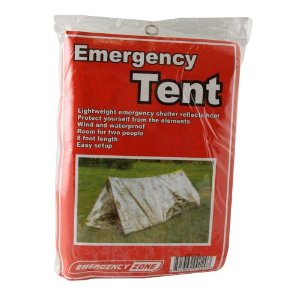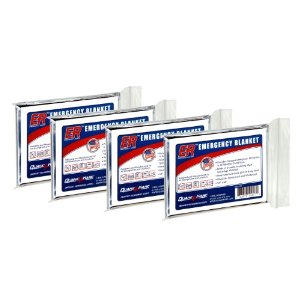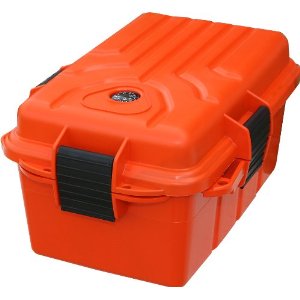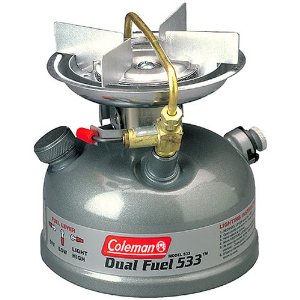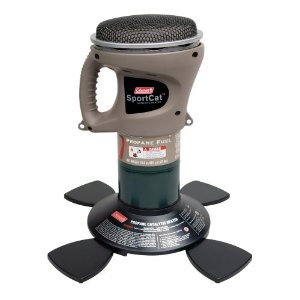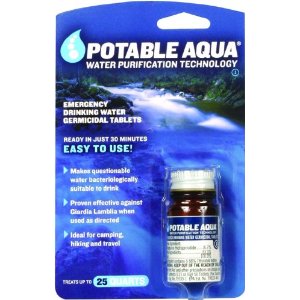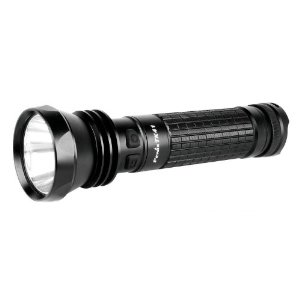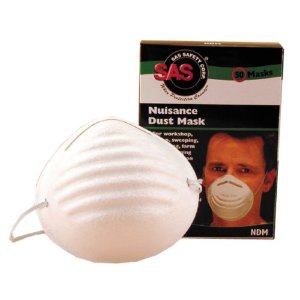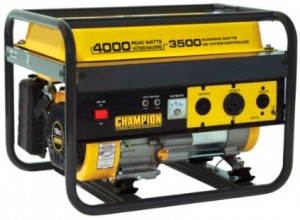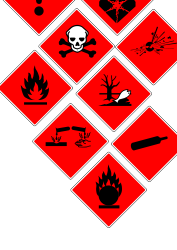Vehicle Essentials for Summertime Travel
Summertime heat can be hard on a vehicle. The engine is prone to overheating, and tires can be affected by the heat as well. This means if you are traveling in the summertime you may experience a vehicle breakdown on a desolate stretch of highway. The summer heat can be dangerous to you as well. Dehydration is a very real possibility in the heat and you must prepare yourself as well as your vehicle.
Essentials for Your Vehicle
Even if you only commute, a few miles to work you never know what might happen. You might decide to take a shortcut or for whatever reason you travel somewhere else. You need to be prepared, for a breakdown or an accident, involving wildlife or you simply run off the road and your vehicle becomes disabled. To survive a few hours or a few days in the summertime heat you need to be prepared. The following is a list of essentials everyone should have in their vehicle for summertime travel.
• At least three days’ supply of water and calculate the amount using the one gallon/four liters recommendation for each person daily. The average person needs at least two quarts/liters daily just for hydration and if you are sweating profusely you may need up to a gallon daily to maintain fluid levels in your body
• Food for 72-hours such as protein bars, MRE’s, trail mix and/or peanut butter and crackers
• Coolant for the radiator and avoid using water for coolant. Water boils at a lower temperature than radiator coolant. Only use water in the radiator as a last resort
• Quality spare tire and the tools needed to change tires
• Tools for roadside repairs
• Duct tape, electrical tape
• Cell phone and charger and have an extra battery
• Maps of the area and a compass
• Signal flags that can be attached to the vehicle and if your vehicle has run off the road into heavy vegetation place signal flags where the vehicle left the road
• Glow lights that can be placed in the back and front windows so the vehicle can be located in the dark
• Work gloves
• Fire starting materials
• Battery operated flashlight
• Multi-tool and a fixed bladed knife
If it is hot, stay close to the vehicle, try to avoid exertion to slow your perspiration and do not attempt to walk to civilization. You can become dehydrated in a matter of hours. The vehicle is your only shelter for the night and unless you fear your life is in danger never attempt to hike out of your predicament in the dark. Nocturnal animals begin hunting at dark and this includes dangerous reptiles such as snakes. Let rescue personnel find you and make their job easier by staying close to your vehicle. Start a signal fire if there is no chance of creating a forest fire, the smoke can be spotted from miles away.
If you are prepared, you can survive quite easily for three days or longer if you do not panic and begin blundering around out in the heat. Water is your main priority along with having shelter at night, so do not give up your shelter and avoid exertion to prevent heavy sweating.





